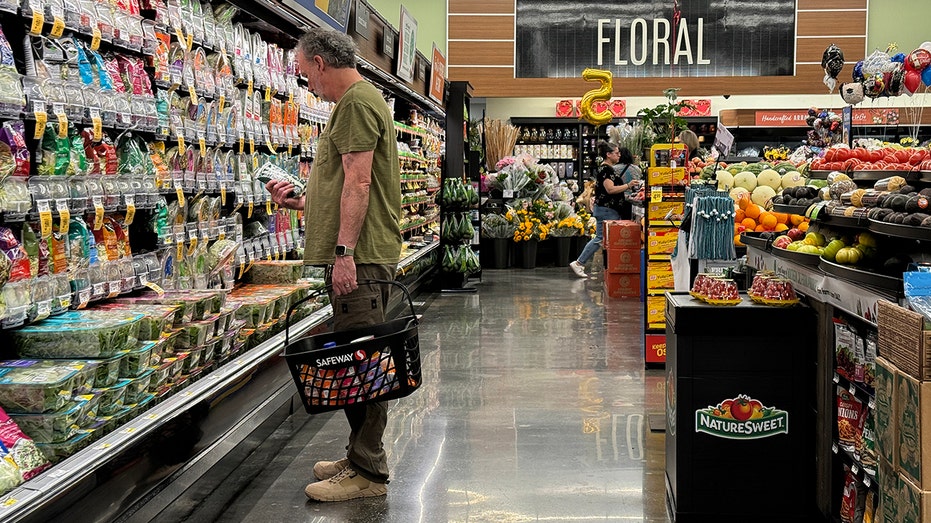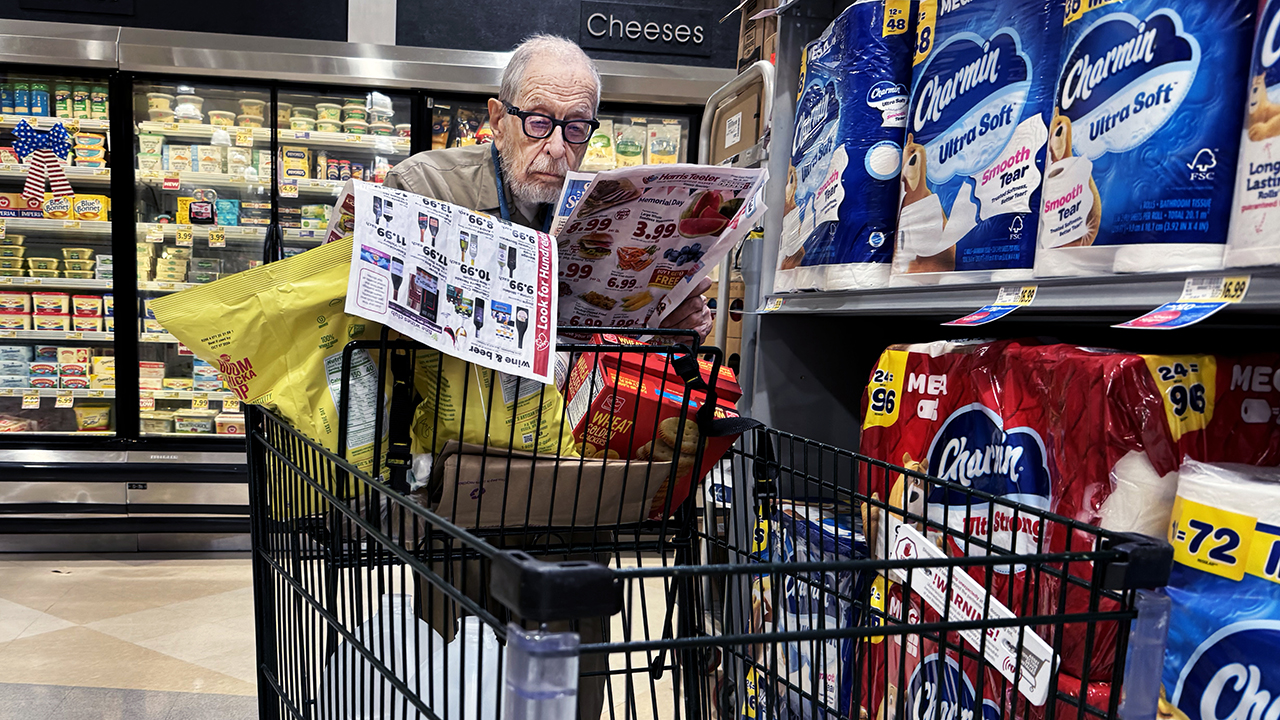Inflation rises 2.9% in July, less than expected
Labor Department releases closely watched July inflation data
Fed has done a 'very good job' at finally getting inflation under control, analyst says
FS Investments chief market strategist Troy Gayeski provides his outlook for the markets, the banking sector and a possible rate cut.
Inflation fell in July to the lowest level in more than three years, a welcome sign for the Federal Reserve even as prices remained uncomfortably high for millions of Americans.
The Labor Department on Wednesday said that the consumer price index (CPI), a broad measure of how much everyday goods like gasoline, groceries and rent cost, rose 0.2% in July from the previous month, in line with expectations.
Prices climbed 2.9% from the same time last year, beating the 3% headline gain forecast by LSEG economists. It marked the lowest level of inflation since March 2021.
Another data point that measures underlying inflationary pressures within the economy also moderated last month. So-called core prices, which exclude the more volatile measurements of gasoline and food in order to better assess price growth trends, also increased 0.2% in July. From the same time last year, the gauge climbed 3.2%. Both of those readings are in line with expectations.
RENT PRICES ARE STAGNATING, SUGGESTING HIGH INFLATION MAY STICK AROUND
Altogether, the report indicates that inflation is loosening its stranglehold on the U.S. economy, though prices still remain above the Fed's 2% target.
The slightly softer-than-expected report comes as Federal Reserve policymakers contemplate when to start cutting interest rates amid signs that the economy is cooling. Policymakers voted to hold rates steady at a 23-year high during their July meeting, but Fed Chair Jerome Powell told reporters afterward that a September reduction is "on the table."
"Consumer price inflation is softening and moving closer to the Federal Reserve's target," said Skyler Weinand, chief investment officer at the Dallas-based Regan Capital. "We think the Fed cuts interest rates in September, but only by 25 basis points, as a deeper 50 basis point rate cut would cause more harm than good as the Fed would be signaling that they’re worried about the health of the economy."
AUTO INSURANCE PREMIUMS ARE REVVING UP AGAIN, AND COULD SURGE 22% BY YEAR END
| Ticker | Security | Last | Change | Change % |
|---|---|---|---|---|
| I:DJI | DOW JONES AVERAGES | 48094.72 | -19.54 | -0.04% |
| I:COMP | NASDAQ COMPOSITE INDEX | 22897.398825 | -214.06 | -0.93% |
| SP500 | S&P 500 | 6763.61 | -36.65 | -0.54% |
Stock futures rose slightly on Wednesday morning after the latest CPI data.
High inflation has created severe financial pressures for most U.S. households, which are forced to pay more for everyday necessities like food and rent. Price hikes are particularly devastating for lower-income Americans, because they tend to spend more of their already-stretched paycheck on necessities and therefore have less flexibility to save money.
A 0.4% jump in shelter prices last month contributed to 90% of the total headline increase in July. Housing has been one of the biggest drivers of inflation over the past year. Rent costs rose 0.5% for the month, and are up 5.1% from the same time last year. High rents are concerning because higher housing costs most directly and acutely affect household budgets.

A customer shops at a Safeway store in Mill Valley, California, on June 11. (Justin Sullivan/Getty Images / Getty Images)
Consumers also saw a rise in food prices, which have been one of the most visceral reminders of inflation for many households. The cost of food rose 0.2% over the course of the month, which included a 0.1% increase in groceries.
"While inflation ticked down overall, some of the major pain points for consumer prices worsened," said Robert Frick, corporate economist with the Navy Federal Credit Union.
GET FOX BUSINESS ON THE GO BY CLICKING HERE
The price of vehicles fell last month. New vehicle prices dropped 0.2%, while used car and truck prices tumbled 2.3% over the course of the month. At the same time, many drivers are being squeezed in another way: steep auto insurance premiums. Auto insurance costs jumped again last month and remain up 18.6% compared with the same time last year.





















